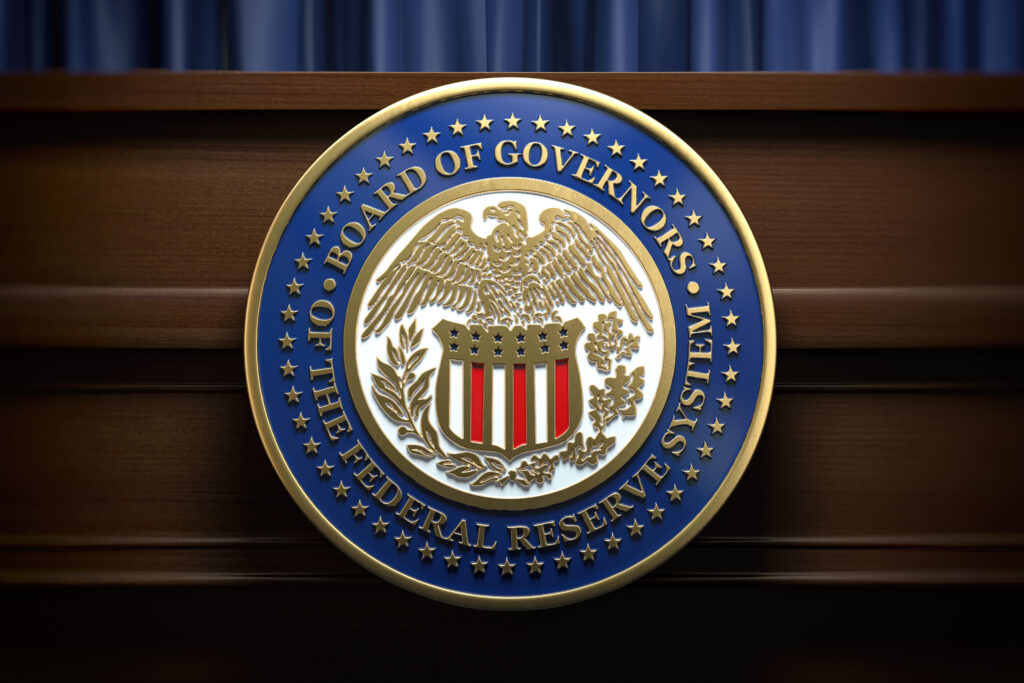Dual Mandate Check-In
October 10, 2024
Over the course of the past week, we have received a report on both sides of the Federal Reserve’s dual mandate – the September non-farm payroll report and the September Consumer Price Index Report. Let’s take a look at these reports and what they likely indicate regarding the Fed’s future path

Jobs Aplenty
Last Friday, the Bureau of Labor Statistics released the September jobs report. The report was very encouraging and appeared to lend credence to the soft (or even no) landing argument – where inflation returns to long-run target (around 2%) and a meaningful economic slowdown/major job losses are avoided.
The report was unambiguously strong, showing an unemployment rate falling for a second month to 4.05% and an increase in nonfarm payrolls of 254,000 in September (ahead of expectations of 150,000). This was the largest monthly gain since March 2024 and was accompanied by upward revisions to July and August that combined to another 72,000 jobs. Further, the gains were widespread across sectors and industries, indicating further growth and durable strength, although there was notable growth in restaurant category (+69,000).
There was good news in the report for workers as well as a 4% increase in wages was observed (which outpaces the last year over year inflation print of 2.3%).
Next month’s report (due out November 1, in advance of the Fed meeting the following week) is likely to be a noisy/messy number as it will be impacted by Hurricane Helene, Hurricane Milton, the port worker’s strike (albeit a short one), and an ongoing Boeing strike.
Inflation Update
The September Core CPI report came in at 0.31% versus the expectation of 0.26%, month over month. This was viewed as higher (or hotter) than expected, raising some instant reactions regarding the impact on the Fed’s next step. Year over year inflation rose 2.4%, down from last month’s pace.
There are a few underlying anomalies that lead us to believe this report doesn’t indicate a systemic reigniting of inflation such as: (a) main drivers of the upside change remain shelter (which did moderate) and auto insurance – no new leaders of the pack (b) possibility of a seasonal reset in certain metrics skewing results and (c) 44% of components in deflation (new cycle high) and (d) 55% of components back below pre-pandemic levels
As one article we read said, “inflation doesn’t slow in a straight line, but the overall trend is one of slowing” – couldn’t agree more.
End Result
What does all this mean for the Fed’s next move? The Fed will make their next rate announcement on November 6th (during an already impactful election week). It’s impossible to predict what they will do but in our view, a pause is not likely as inflation was steady and the jobs report, while strong, was not a complete runaway.
It seems for the past week (and these two reports) that good news is once again good news
Onward we go,

Leave a note